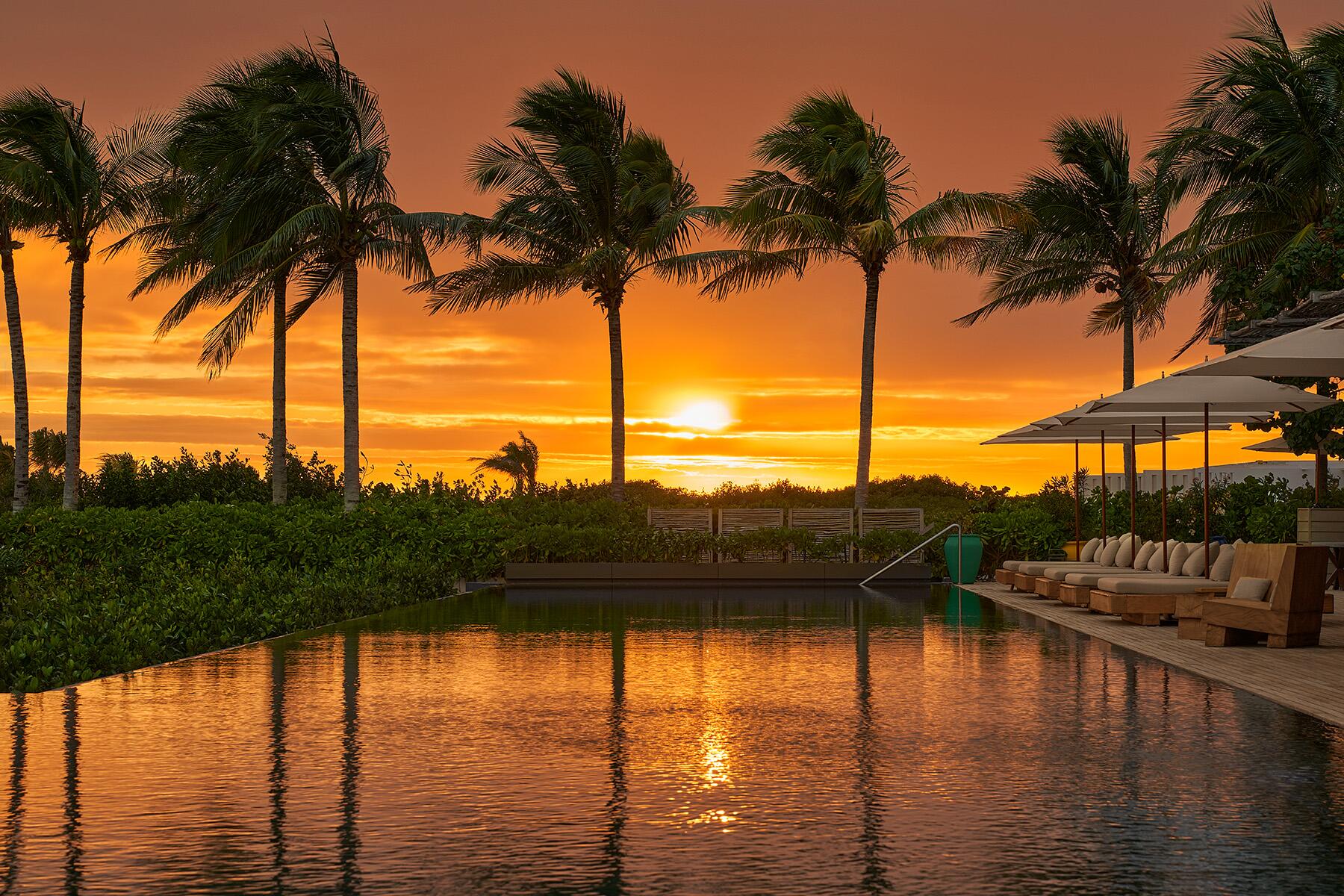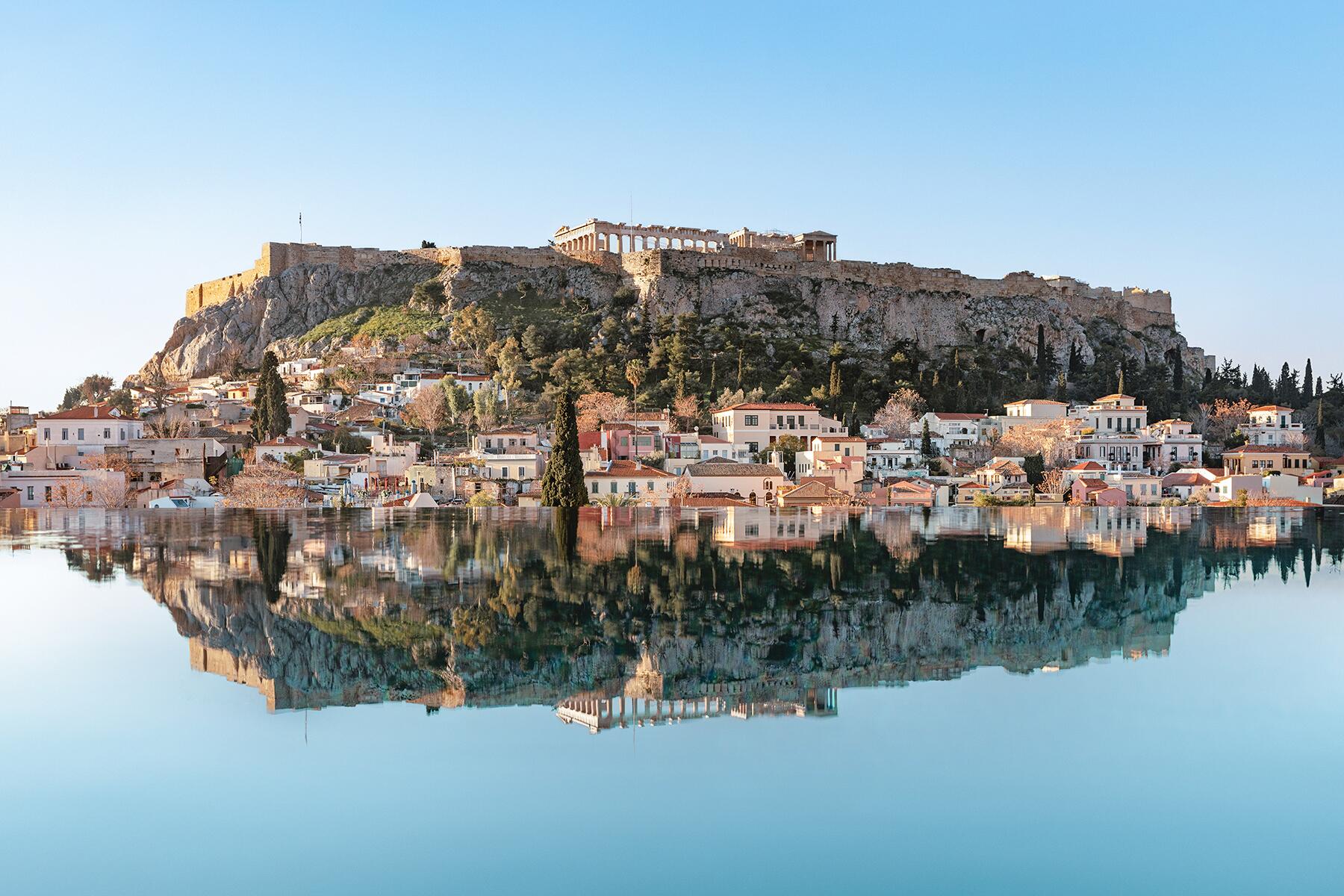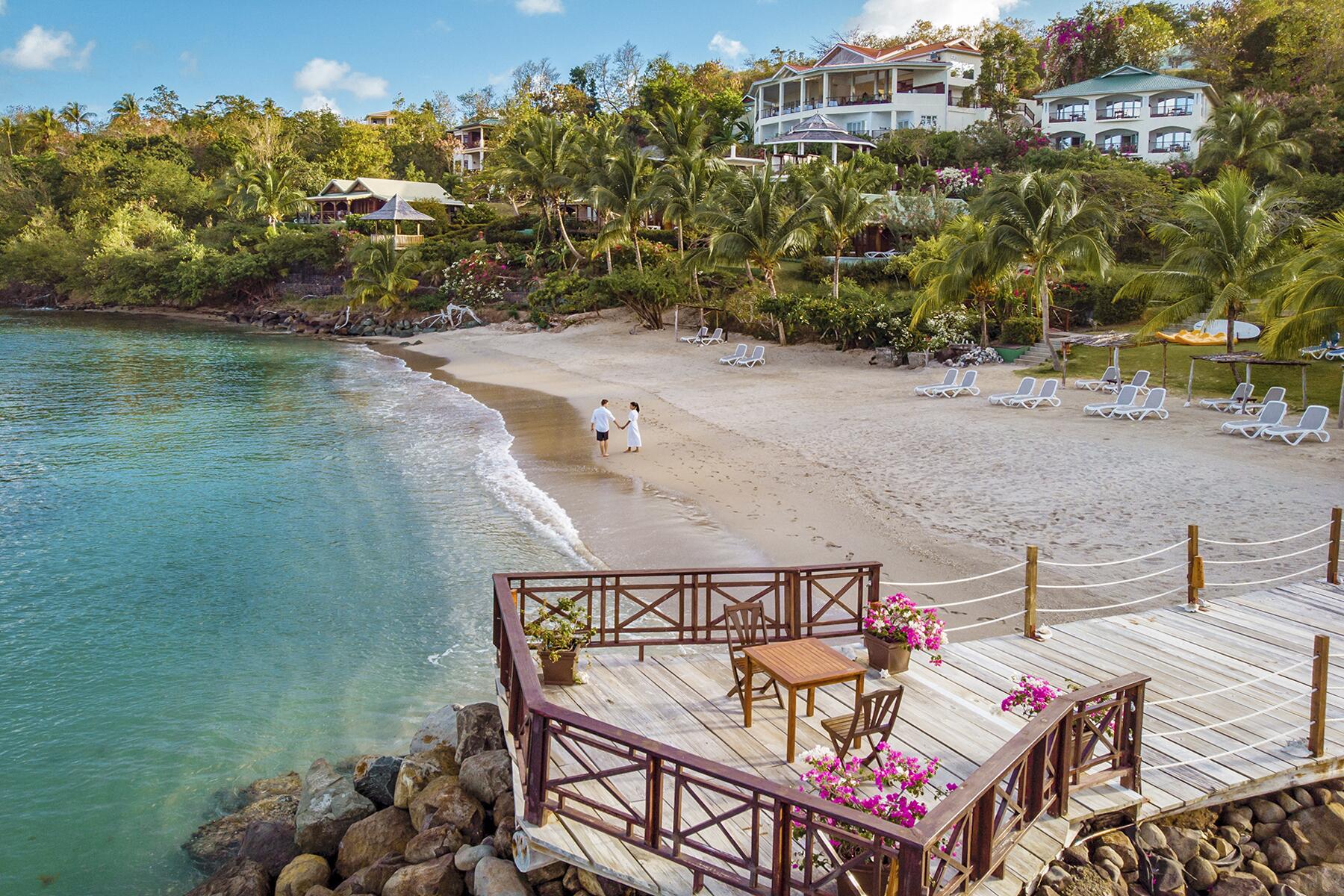Très chic!
For hundreds of years, members of the French royalty and nobility dotted the pastoral northeast regions of the countryside with manor houses and hunting lodges. Often built over the ruins of much-older Roman forts or medieval castles, these impressive constructions—known today simply as châteaux (singular: château)—differed widely in architecture and design, and they reflected both the personal style of their owners and also the unique periods in which they were built.
Over time, some châteaux were abandoned and others fell into ruin after various skirmishes between lords and royalty who jostled for control of the land. Still other châteaux were destroyed during the world wars. Fortunately, some châteaux have been rebuilt as private residences, museums, or even hotels. Yes, it’s possible to sleep inside one of these magnificent buildings, and with options ranging from three- to five-star accommodations, they’re not just suitable for royalty. Indeed, while the uber-wealthy might head to a châteaux via their own private car, the average traveler can take France’s high-speed train service (the TGV) directly from Paris to dozens of cities and towns in the regions such as Lorraine, Hauts-de-France, and Grand-Est, making it easy for anyone of us to spend a long weekend châteaux-hopping.





